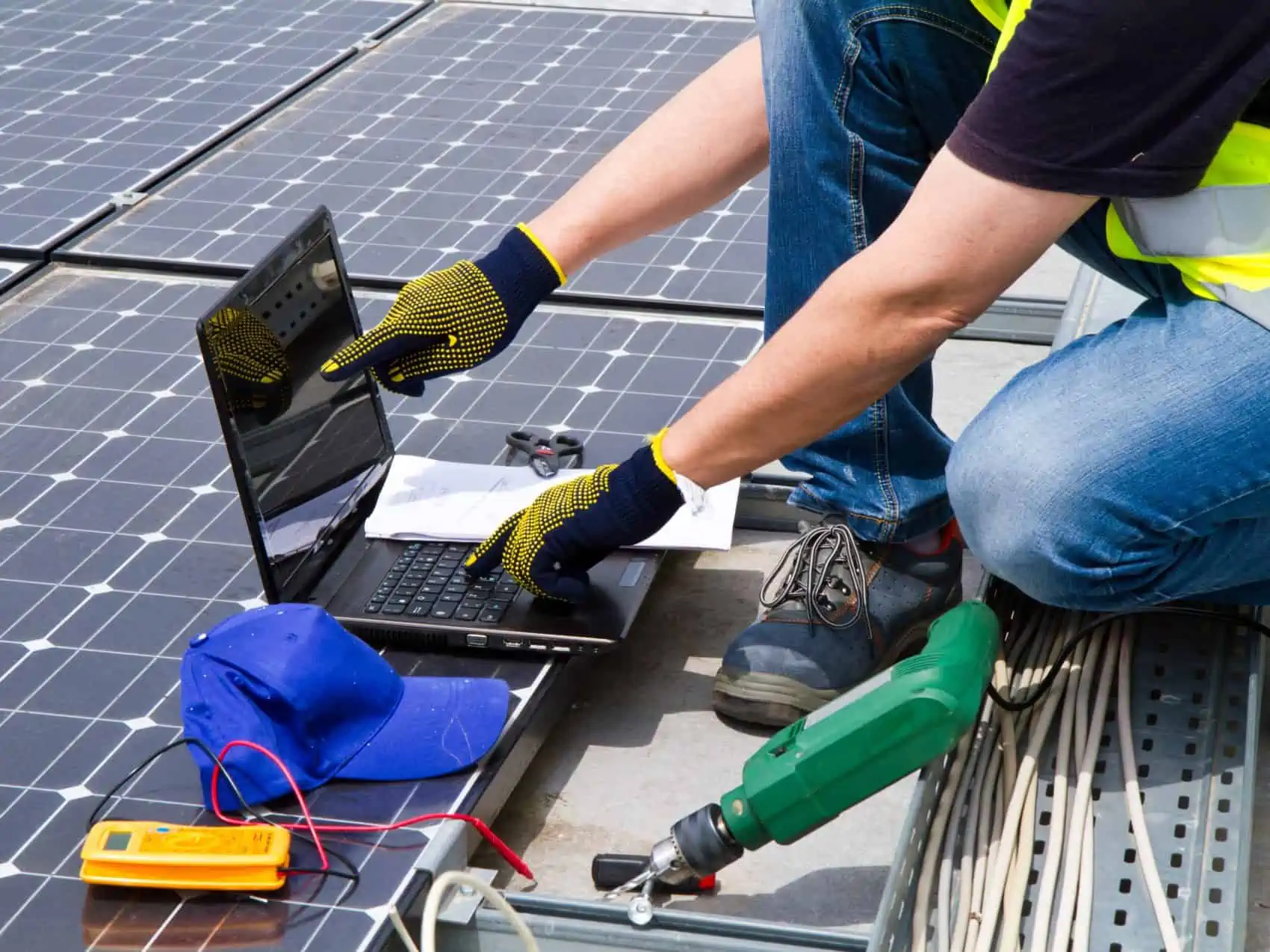
Is Your Solar System Under-Producing? Here’s How to Investigate
A home solar system is the best way to save money on monthly energy bills. With no moving parts and minimal maintenance, they are easy to maintain for decades. But most homeowners don’t know how to accurately monitor their system to ensure they are saving as much as they should be.
Most owners of solar systems rely on monthly utility statements to gauge their performance. If the bill is significantly higher than the prior month, they’ll know something is wrong. But this is not the best way to gauge solar system performance. The energy generated by a system varies on a day-to-day basis based on the time of year and the weather. With utility rates in constant flux an increase in your bill could be related to higher rates and not decreased performance.
As you only get your energy bill on a monthly basis, you could be in the dark for weeks if your system isn’t working properly. On top of that monthly statements don’t tell you how much energy your system generated for your home, only what is fed back into the grid. Furthermore, the energy that a system feeds into the grid isn’t always itemized, so it’s incredibly difficult to use these stats to determine the health of your system.
Instead of relying on utility bills to provide indicators of system performance problems there are far more effective ways to investigate and troubleshoot. By thoroughly checking your system you can be confident that you are getting the maximum benefit from your system as you expected.
CHECK YOUR PANELS – It sounds simple because it is – look at your panels to make sure they are clear of debris and not blocked or shaded. Sometimes leaves can fall onto panels or perhaps a tree overhead had a branch shift that shades your panels. It’s critical to keep your panels free of dust and debris to get the maximum production from them, so give them a visual check regularly to make sure they remain unblocked and uncovered.
CHECK YOUR BREAKER – Sometimes the most glaring problem has the most obvious answer. Breaker switches are what manage your home’s electricity flow and sometimes they get tripped. It could be a power surge, it could be a system overload, or it could just be an electrical glitch. If tripped your system could be prevented from providing power to your home and/or feeding power back into the grid. A simple flip of the switch to reset it back can immediately fix the issue if it was triggered for whatever reason.
CHECK YOUR INVERTER – All solar systems come with an inverter, which acts as the “brain” of the solar system. Besides converting electricity, the inverter communicates between your system and computer networks that monitor performance. Inverters come with indicator lights that are steady and green when working but will turn red/orange/yellow if the system is experiencing an issue. If your inverter has flashing indicator lights that’s a clear sign there is an issue that needs to be addressed.
CHECK YOUR METER – Your home solar system is tied to a solar meter which logs the energy generated. This is a critical tool for homeowners to compare energy production and see if something is amiss. The data is stored and shared with your solar company to help assist with any performance issues. Check your meter to confirm the total kilowatt-hours are increasing – this is an obvious indicator that the panels are working properly.
CHECK YOUR MONITOR – The best way to catch issues with your system is to take a proactive approach. By installing solar monitoring, you will get access to your system’s real-time energy production. Solar monitoring allows you to review how much energy your neighbors are generating, compare against historical system data, and see if local weather conditions are affecting performance. The monitoring can even be configured to send alerts if energy production dips below a certain threshold. With solar monitoring you won’t discover issues later, instead your system will tell you about issues as soon as they occur.
Get The Most Out Of Your Solar System!
In the event you do find issues with your panels, your breaker, your inverter, or your meter you can always check with your solar company to see how they can help. Depending on the company and your agreement many solar companies offer system inspections and repairs depending on the issue.
By installing solar monitoring, checking your panels for debris, and keeping an eye on your energy bills you can be confident you are getting the most out of your system. You deserve to get all the benefits from your system, so be sure to regularly check your system components to avoid issues that could potentially cost you money.
Sunline Energy is a locally owned and operated solar company in San Diego. Call us today to learn about going solar in Southern California. We can answer all of your questions to help you go solar and get the most out of your system for years to come!

